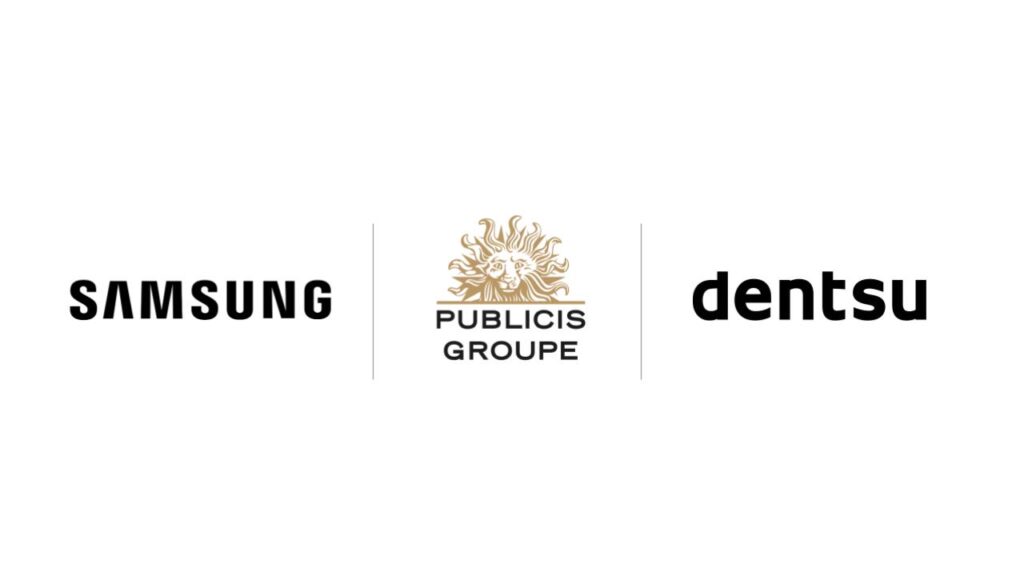The pandemic and digitization were concurrent events, the first pushing the need for the second. More specifically, digitization was slowly trickling into the system when the pandemic struck, resulting in a great change in customer lifestyles. The region’s banking, financial services, and insurance (BFSI) sector, backed by the rising use of the Internet and smartphones, saw rapid adoption of mobile payments. This also fast-tracked the adoption of digital routes to opening bank accounts, investing in stock markets, communications regarding loan offers, investment updates, and KYC (Know Your Customer) updates.
Evolving technologies, rising access to the Internet, and smartphone usage indicate that change is the only constant in the MEA region, just like elsewhere in the world. Studies point out that by 2025, more than 81% of consumers in the region will have access to the Internet, and enterprises are in a hurry to keep up with the ever-changing preferences of the modern consumer. At the same time, the transition to 5G networks is gaining speed. With expected smartphone proliferation of 75% in Qatar, 73% in the UAE, and 60% in Saudi Arabia, the digital payments ecosystem in the Middle East is all set for robust growth.
As the economy accepts the new normal for consumer banking and financial institutions, brands that intend to remain relevant should encourage digital non-natives to quickly move to online channels and make targeted investments in customer education, outreach, and incentives to keep them engaged. In other words, banks and fintech companies have to create more opportunities for digital engagement and reinvest in mobile banking.
To understand the current scenario and pulse of the MEA consumer and their preferences in the way they interact with BFSI companies, MoEngage, an insights-led customer engagement platform, recently analyzed over 20 billion messages and 4 billion customer interactions. The key takeaways from the studies are useful for BFSI to understand current consumer needs, the gaps between the offering and the needs, and how to bridge those gaps.
Identifying the need:
- Most (18.8%) consumers in the MEA want to learn about loan offers and updates via SMS.
- WhatsApp is preferred to get KYC updates and alerts, with 14.80% of consumers in the MEA relying on this medium.
- For stock market and investment portfolio updates, 17.60% of consumers in the UAE prefer to get it through push notifications.
Identifying the gaps:
- Brands are missing a vital communication aspect which is ‘relevance’. Over 72% of consumers say that they do not receive relevant communication from brands.
- Personalization is the key to making consumers open emails, as 1.81x are more likely to open emails when subject lines are personalized based on customer journeys.
- Finance brands, in particular, witness 1.44x more conversions when push notifications are personalized based on customer journeys.
Filling the voids:
- By gathering insights into customers’ preferences
BFSI companies have to gather first-party information like loan browsing patterns or credit history, which will help them understand what their customers like, what they want, and how often they need to be nudged. They also have to create segments/cohorts of customers based on their affinity. It helps to constantly keep in touch with customers, too, such as by sending a personalized push notification every time there is a new loan/credit card offer.
- By sending communication based on customer behavior and journey
Customers receive tons of marketing communication across all channels. The key is to provide information according to their needs and wants. They can create affinity-based customer segments depending on the customers’ favorite (or the most viewed) stocks and set up mobile in-app messages or website banners to send relevant information as soon as customers log in to the platform.
Also, it’s better not to over-communicate. Instead, nudging the customers at the right time in a personalized manner using smart triggers yields better results. For instance, banks can reach specific cohorts with triggered campaigns around birthdays and anniversaries. Adding relevance and context to the communication will not only improve conversion but also strengthen the customer relationship.
- By identifying the best time to send emails
Different consumers prefer different times to check their email inboxes, some before hitting the gym, some while in the elevator, some after getting into their cabs, and some just before wrapping up the day. If brands know when customers are more likely to open the promotion emails, they can time their communication appropriately to send product recommendations and create upsell opportunities.
Personalizing emails and sending them at the right time is possible when brands gather consumer insights on AI-based platforms. A smart customer engagement platform helps brands to monitor metrics such as open rates, click rates, and conversion rates and automatically schedule the most important campaigns at this time. These are the new defining ways to offer a connected banking experience leading to better customer engagement and higher conversions.






